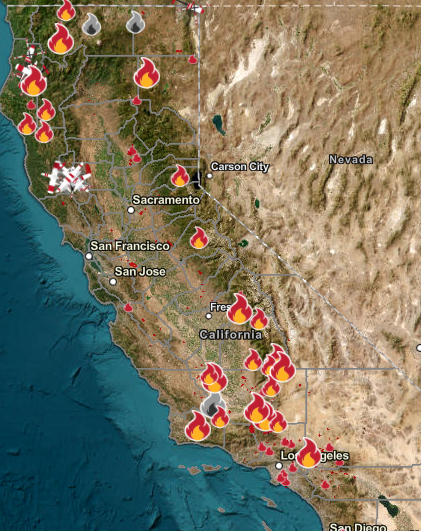Get to Know Our Team:
YFR Tree & Land Management is a leader in professional tree services and sustainable land management. We serve residential, commercial, and municipal clients, offering expert solutions in tree removal, pruning, vegetation control, land clearing, and forest health. We’re dedicated to safety, environmental stewardship, and exceptional service.
SALARY:
$35-42/hr depending on experience
Position Summary:
The Foreperson plays a key leadership role in YFR’s tree care and fuel reduction services. This position is responsible for supervising crews, performing skilled arboriculture work, and ensuring all projects are completed safely, efficiently, and to company standards. The Foreperson oversees grounds personnel, climbers, and equipment operators while maintaining strong client relationships and upholding YFR’s quality and safety culture.
Key Responsibilities:
Lead job site setup, assign crew tasks, and adapt plans as conditions change
Enforce safety procedures and conduct on-site training
Perform and supervise advanced tree trimming, climbing, rigging, and removals
Operate and maintain trucks, chippers, grinders, and other equipment
Ensure work meets scope, quality, and customer expectation
Communicate clearly with clients and address concerns promptly
Physical Requirements:
Prolonged Standing and Walking: Ability to stand and walk for extended periods throughout the workday, often on uneven or rugged terrain.
Heavy Lifting and Carrying: Capable of lifting, carrying, dragging, and moving heavy vegetation, tools, and equipment weighing up to 50 pounds or more safely and repeatedly.
Manual Dexterity and Coordination: Skilled use of hands and arms for handling hand tools, operating machinery, and performing tasks such as pruning and clearing brush.
Climbing and Balancing: Comfortable navigating steep, rocky, or unstable slopes while maintaining balance and safety.
Endurance and Strength: Physical stamina to perform repetitive tasks such as cutting, dragging, and loading vegetation for extended periods without loss of efficiency or safety.
Working in Inclement Weather: Ability and fortitude to work safely and effectively in all weather conditions, including heat, cold, rain, snow, wind, and dust.
Exposure to Outdoor Elements: Tolerance for exposure to insects, plants, and other environmental factors common to outdoor work sites.
Flexibility and Mobility: Ability to bend, stoop, kneel, crouch, and reach as necessary to complete tasks in diverse work environments.
Safety Awareness: Constant adherence to safety protocols to prevent injury, including proper use of personal protective equipment (PPE).
Qualifications:
Commitment to safety and environmental best practices
Valid Class A CA Driver’s License (or able to obtain within 6 months)
2+ years production experience
Strong climbing, rigging, chainsaw, and plant ID skills
Proven leadership and crew management abilities
Ability to work in all weather and on uneven terrain
Preferred Qualifications:
ISA Certified Arborist or other industry certifications
Knowledge of native and invasive plant species
First Aid/CPR certification
Experience with GIS/GPS equipment or digital mapping tools
Mechanically inclined
Benefits:
Competitive pay based on experience
401(k) with employer match upon vesting
Paid time off and holidays
Ongoing training and certification support
Opportunities for advancement in a growing company
WHY WORK WITH US:
At YFR, we value safety, professionalism, and teamwork. We offer competitive pay, training, and a supportive environment where you can grow your skills while making a visible impact on local landscapes and wildfire resilience.
APPLY TODAY:
Email us your resume.















